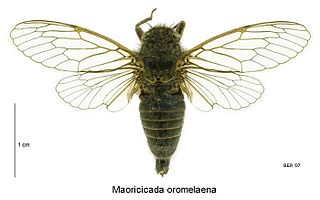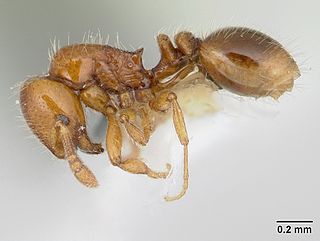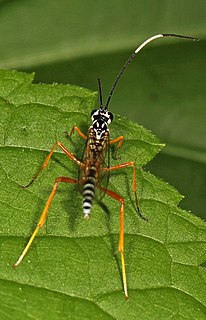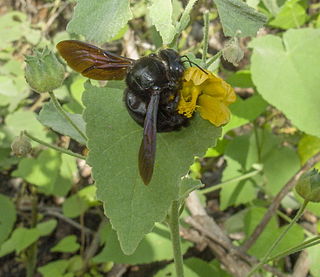 W
WAnopheles darlingi, the American malaria mosquito, is a species of mosquito in the family Culicidae. A. darlingi is one of the major species of mosquito known to be responsible for malaria in the Amazonian regions. It has a wide range of geographic distribution that stretches from Mexico and Argentina but it has also been found to populate in areas affected by deforestation and environment changes due to humans.
 W
WAustrocnemis maccullochi is a species of damselfly in the family Coenagrionidae, commonly known as a tiny longlegs. It is a tiny damselfly, bronze-black in colour with very long legs. It occurs across coastal northern Australia and New Guinea, where it inhabits still waters.
 W
WBicellaria vana is a species of fly in the family Hybotidae. It is found in the Palearctic.
 W
WChlorotabanus crepuscularis is a species of horse flies in the family Tabanidae. This species is the only green tabinid in North America. It can be found from Texas to Delaware. In Florida, this sanguinivorous (blood-feeding) fly is seen as an adult from March through September, but is most active from May to mid-July.
 W
WDianthidium floridiense is a species of bee in the family Megachilidae. It is found in North America.
 W
WEmpis laetabilis is a species of fly in the family Empididae. It is found in the Palearctic.
 W
WLeucrocuta aphrodite is a species of flatheaded mayfly in the family Heptageniidae. It is found in southeastern Canada, the southern, and northeastern United States.
 W
WMaccaffertium mediopunctatum is a species of flat-headed mayfly in the family Heptageniidae. It is found in Southeastern Canada and the Eastern United States.
 W
WMaoricicada hamiltoni, also known as the Hamilton's cicada, is a species of insect that is endemic to New Zealand. This species was first described by John Golding Myers in 1926. This species is named in honour of Harold Hamilton.
 W
WMaoricicada oromelaena, also known as the greater alpine black cicada, is a species of insect that is endemic to New Zealand. This species was first described by John Golding Myers in 1926.
 W
WMegachile integrella is a species of bee in the family Megachilidae. It was described by Mitchell in 1926.
 W
WMyrmica lonae is a species of ant distributed across South, Central and North Europe, East Europe, Asia Minor, the Caucasus, West Siberian Plain and Northern Kazakhstan. It inhabits humid meadows both in the plains and in the mountains. It nests in the ground, under stones or in moss. It forms polygynous colonies with up to 1000 workers or more.
 W
WNotonecta lunata is a species of backswimmer in the family Notonectidae. It is found in North America.
 W
WOxyepoecus bruchi is a species of ant in the subfamily Myrmicinae. It is endemic to Argentina.
 W
WParaleptophlebia bicornuta is a species of pronggilled mayfly in the family Leptophlebiidae. It is found in North America.
 W
WPolycyrtus neglectus is a species of ichneumon wasp in the family Ichneumonidae.
 W
WPycnoderes medius is a species of plant bug in the family Miridae. It is found in North America.
 W
WRhamphomyia albohirta is a species of fly in the family Empididae. It is found in the Palearctic.
 W
WRhamphomyia hirsutipes is a species of fly in the family Empididae. It is found in the Palearctic.
 W
WRhamphomyia lamellata is a species of dance flies, in the fly family Empididae. It is found in Great Britain and Ireland, Germany, Switzerland, the Czech Republic, Slovakia and Hungary.
 W
WSapromyza neozelandica, commonly called the brown striped litter fly, is an endemic fly of New Zealand.
 W
WSericomyia transversa is a species of syrphid fly in the family Syrphidae.
 W
WSigara arguta is a species of water boatman in the family Corixidae. It is endemic to New Zealand.
 W
WTrepobates subnitidus is a species of water strider in the family Gerridae. It is found in North America.
 W
WXylocopa darwini, the Galápagos carpenter bee, is one of only three species of bees found in the Galápagos Islands, to which it is endemic. This species is sexually dimorphic, is found on 75% of the largest islands, and is known for its complex behavior. As the only native bee, Xylocopa darwini serves as an important primary pollinator within the plant-pollinator network of the archipelago.